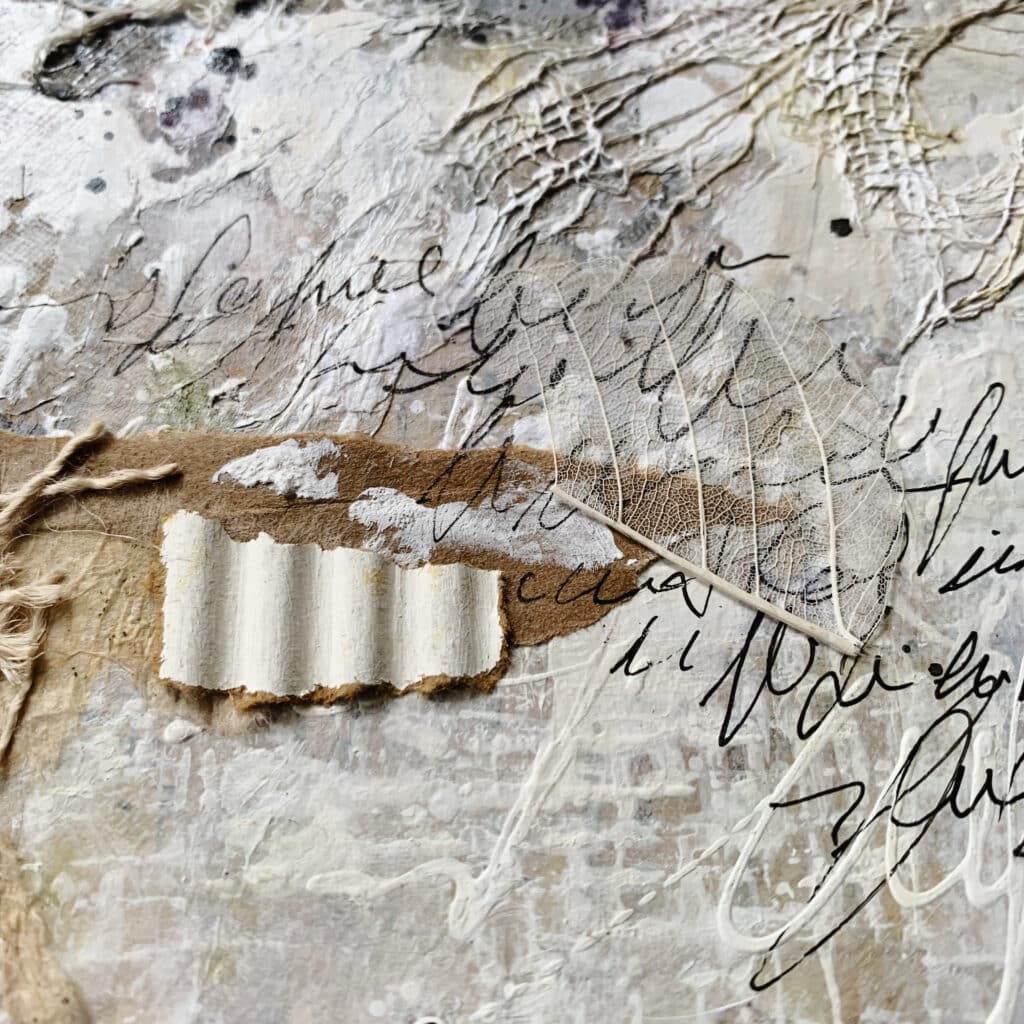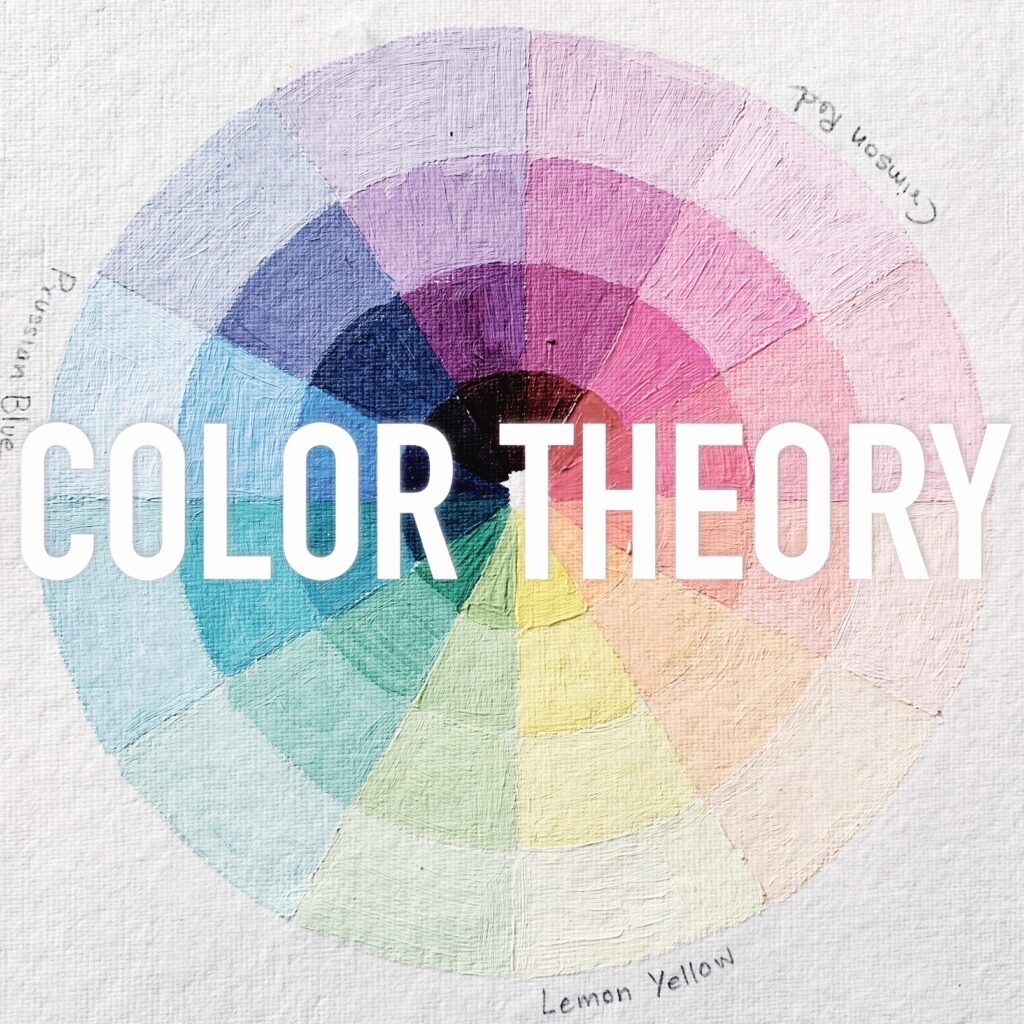Art is a powerful form of expression that allows us to communicate ideas, emotions, and experiences visually. Behind every visually captivating artwork lies a set of fundamental components known as the 7 Elements of Art.
Understanding these elements and their significance is essential for artists and art enthusiasts alike.
In this blog post, we will explore the 7 Elements of Art and explore practical examples that will help you grasp their significance and application in your artwork.
So, grab your sketchbook and let’s embark on a journey of artistic discovery!
1. Line: The Dynamic Foundation
Line is a fundamental element of art that refers to a continuous mark or stroke made on a surface.
It can be
- horizontal, vertical or diagonal
- straight, curved, thick, thin, broken, zigzag
Lines can create shapes, define forms, and express movement. They come in varying thicknesses, lengths, directions, and styles, capable of conveying a multitude of emotions and energies.
Lines are the elemental threads that weave through the artistic realm. They can be used to convey emotions, guide the viewer’s eye, and add structure and rhythm to a composition.
Practice Exercise:
- Practice drawing various types of lines, such as straight lines, curved lines, and zigzag lines.
- Create a sketch of a landscape, using curved lines to depict rolling hills.
- Draw a series of wavy lines to create the texture of flowing water.
- Sketch a landscape with horizontal lines to depict a calm and peaceful horizon.
- Sketch a tree trunk using vertical lines and branches using diagonal lines.
2. Shape: The Building Blocks of Composition
Shape is the two-dimensional area or space within the boundaries of an object or figure. They are the building blocks upon which artistic compositions are constructed.
Shapes can be geometric, such as squares, circles, or triangles, or organic, resembling the curvatures and irregularities found in nature.
Artists use shapes to create patterns, establish focal points, and convey meaning. They can be combined and arranged to form complex compositions or represent specific objects or figures.
Practice Exercise:
- Create a landscape using various shapes for trees, such as triangles, circles, and ovals.
- Sketch a cityscape using rectangles and squares to represent buildings.
- Draw a basic house using rectangles for the walls, a triangle for the roof, and circles for windows.
- Create a flower using overlapping circles for petals and a smaller circle for the center.
- Sketch a landscape scene using triangles for mountains and rectangles for buildings.
3. Form: The Dimensional Universe
Form refers to the three-dimensional aspect of an object or artwork, including its length, width, and depth.
It can be represented through geometric solids like cubes or spheres, or through organic, natural shapes.
Artists use form to create a sense of volume, depth, and solidity. By manipulating light and shadow, they can emphasize the contours, surfaces, and textures of three-dimensional objects, bringing them to life on a two-dimensional surface.
Practice Exercise:
- Draw a simple cube and shade each side to create the illusion of depth.
- Sketch an apple, adding highlights and shadows to make it appear three-dimensional.
- Practice shading a sphere to give it a rounded and realistic look.
- Create a landscape with mountains in the distance, adding shading to give them a sense of depth.
4. Color: The Emotional Palette
Color is the visual perception of different wavelengths of light. It plays a vital role in art, evoking emotions, setting moods, and conveying messages.
Colors have properties such as hue (the name of the color, such as red or blue), value (the lightness or darkness of a color), and saturation (the intensity or purity of a color).
Colors have the power to evoke emotions, set moods, and ignite the imagination. Artists use color harmonies, contrasts, and combinations to create visual interest, establish focal points, and convey symbolism or meaning.
Practice Exercise:
- Experiment with color mixing by blending primary colors (red, yellow, blue) to create secondary colors (orange, green, purple).
- Create a sunset scene using warm colors (reds, oranges, yellows) for the sky and cool colors (blues, purples) for the landscape.
- Create a bouquet of flowers, experimenting with different colors for each flower.
This Color Theory Masterclass will help you learn and implement these concepts better in your art practice!
5. Value: The Illumination of Depth
Value refers to the range of lightness and darkness within an artwork. It is an essential element that helps create contrast, define forms, and establish a sense of depth in an artwork.
By manipulating the range of values, artists can create realistic representations, add drama and mood, and create a sense of light and shadow.
Values can range from pure white (the lightest) to pure black (the darkest) and everything in between.
Practice Exercise:
- Practice creating different values by using shades of gray. Start with a grayscale landscape drawing and experiment with light and dark tones to create depth.
- Practice shading by drawing a grayscale sphere, gradually transitioning from light to dark.
- Create a landscape scene, using lighter values for distant objects and darker values for foreground elements.
- Practice values by creating a monochromatic painting using different values of the same color.
6. Texture: The Sensory Realm
Texture refers to the tactile or visual quality of a surface or object.
Artists can create the illusion of texture or incorporate actual textures into their artwork by various techniques, such as brushwork, layering, and mixed media, to evoke certain sensations or add interest.
Texture can be rough, smooth, bumpy, soft, or any other quality that can be felt or observed. It adds depth, visual interest, and a sensory experience to an artwork, allowing viewers to engage with the piece on a more tactile level.
Practice Exercise:
- Draw the texture of a fluffy cloud using soft, circular strokes.
- Practice creating the texture of grass by using short, upward strokes.
- Sketch the texture of a rough tree bark by using jagged lines and irregular shapes.
7. Space: The Boundless Frontier
Space in art refers to the area or distance between, around, above, below, or within objects.
It can be both the illusion of depth on a two-dimensional surface, created through techniques like perspective and overlapping, and the actual physical space in a three-dimensional artwork.
Artists use space to create a sense of depth, perspective, and spatial relationships. They use techniques such as perspective, scale, and the manipulation of negative space to transport the viewer into a multidimensional world.
Practice Exercise:
- Draw a cityscape with buildings gradually getting smaller and closer together in the distance.
- Create a still life arrangement with objects overlapping to give a sense of depth.
- Sketch a beach scene with a receding shoreline, showing the diminishing size of waves as they approach the horizon.
- Draw a road or pathway, gradually making it narrower as it recedes into the distance to create a sense of depth.
- Create a simple landscape with overlapping trees to create a sense of distance.
Whether you aspire to be an artist or simply possess a passion for art, dedicating time to study and explore the intricacies of the 7 Elements of Art will unlock a world of possibilities.
They are the building blocks of artistic expression and hold the key to unlocking the power of visual communication.
By incorporating these practice exercises into your artistic journey, you will gain a deeper understanding of the 7 Elements of Art and you will discover a heightened appreciation for the masterpieces that shape our world.
So, grab your art supplies, let your imagination soar, and embark on an exciting artistic exploration of the 7 Elements of Art!
Have you tried any of the practice exercises? How have the 7 Elements of Art influenced your artistic journey?
Share your experiences and insights in the comments below. We’d love to hear about your creative process and how you have incorporated these elements into your paintings!






